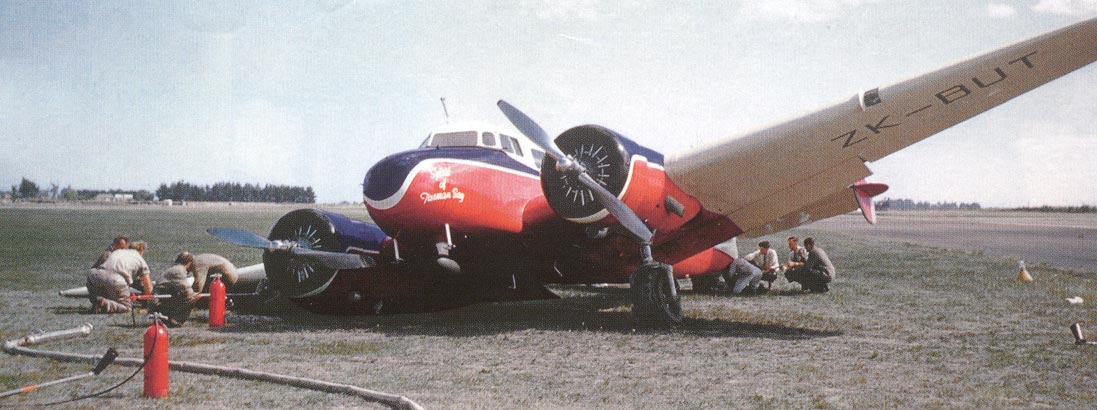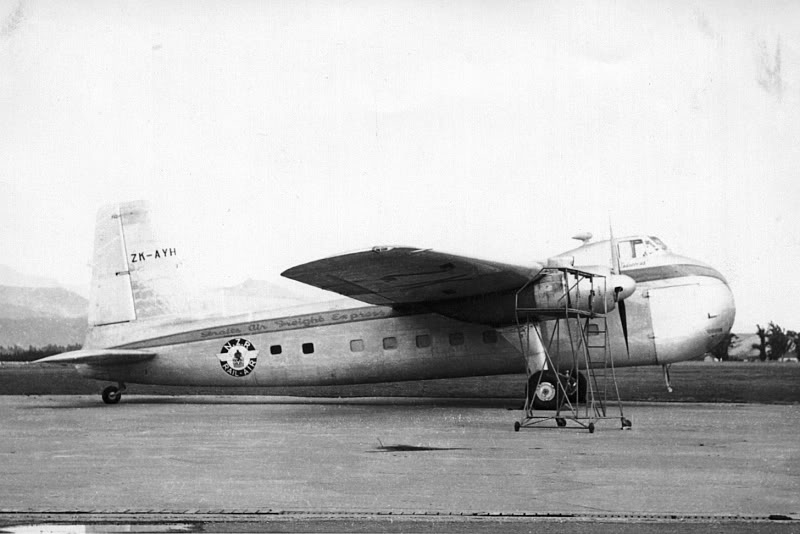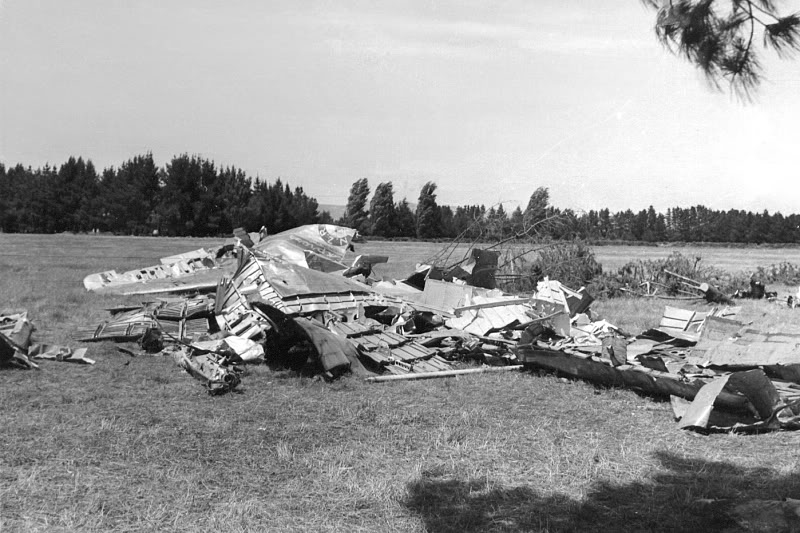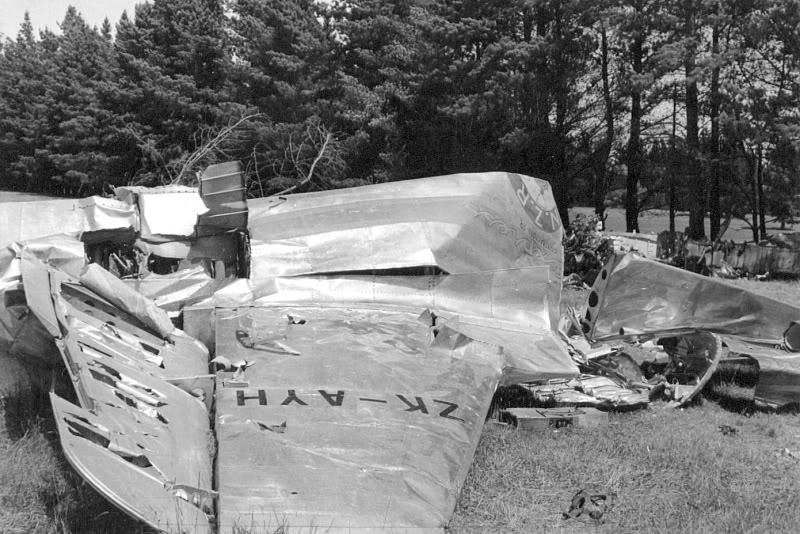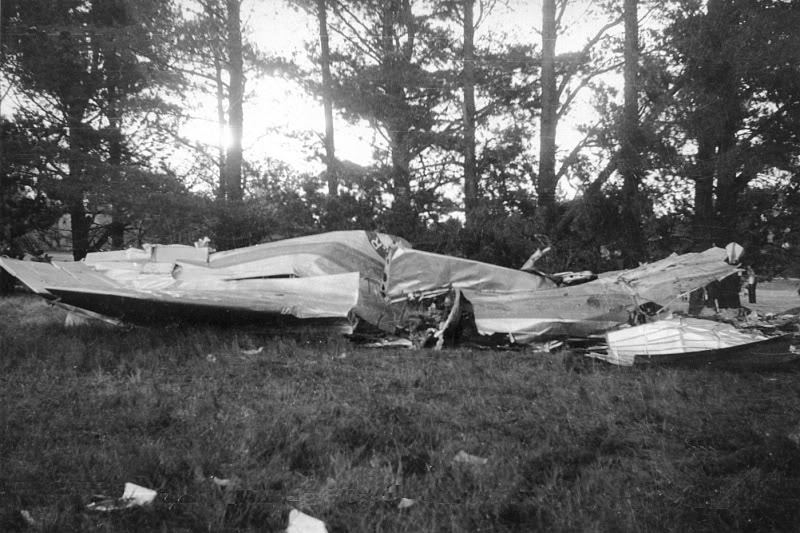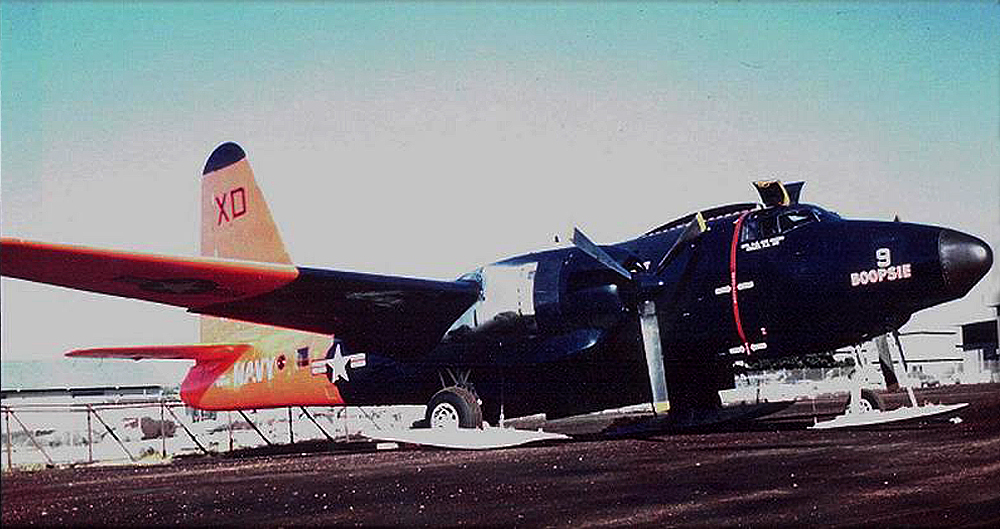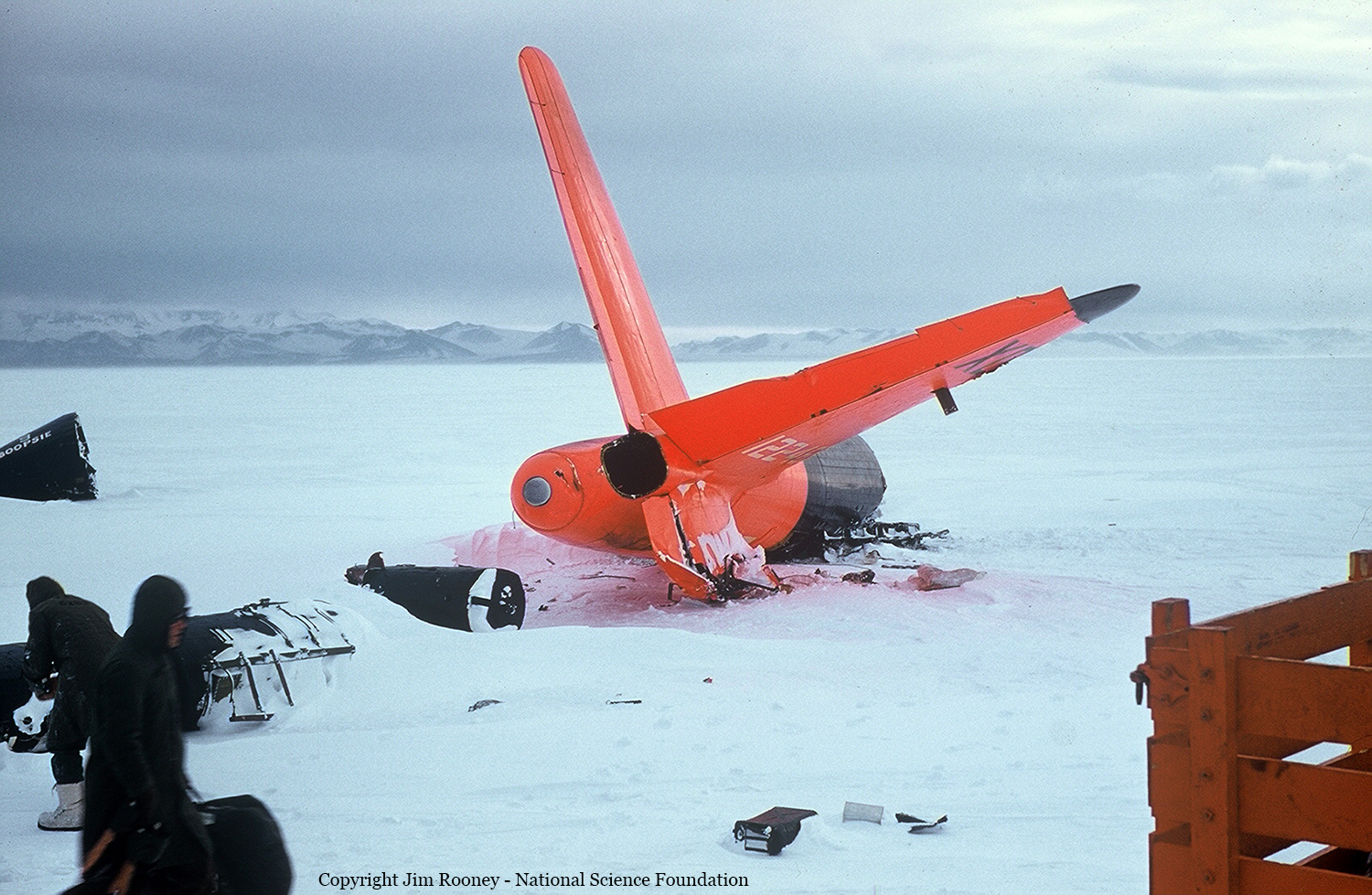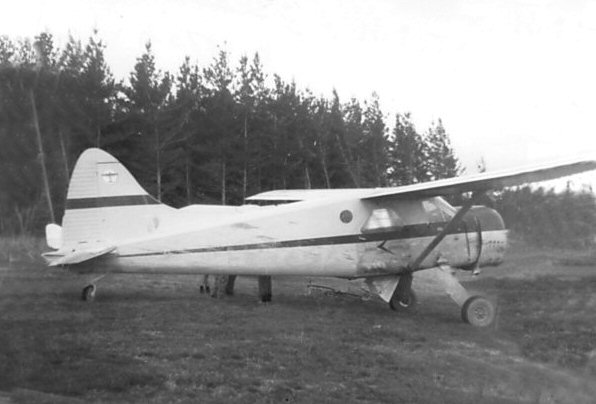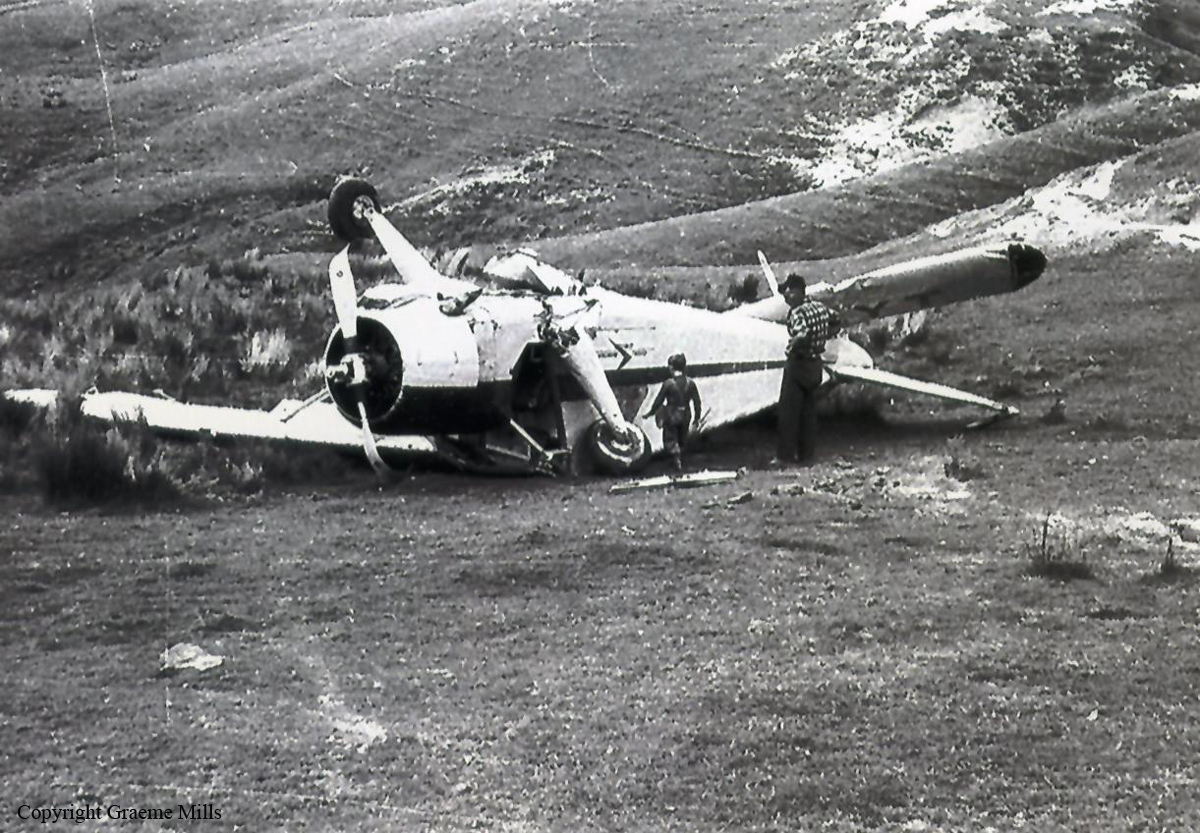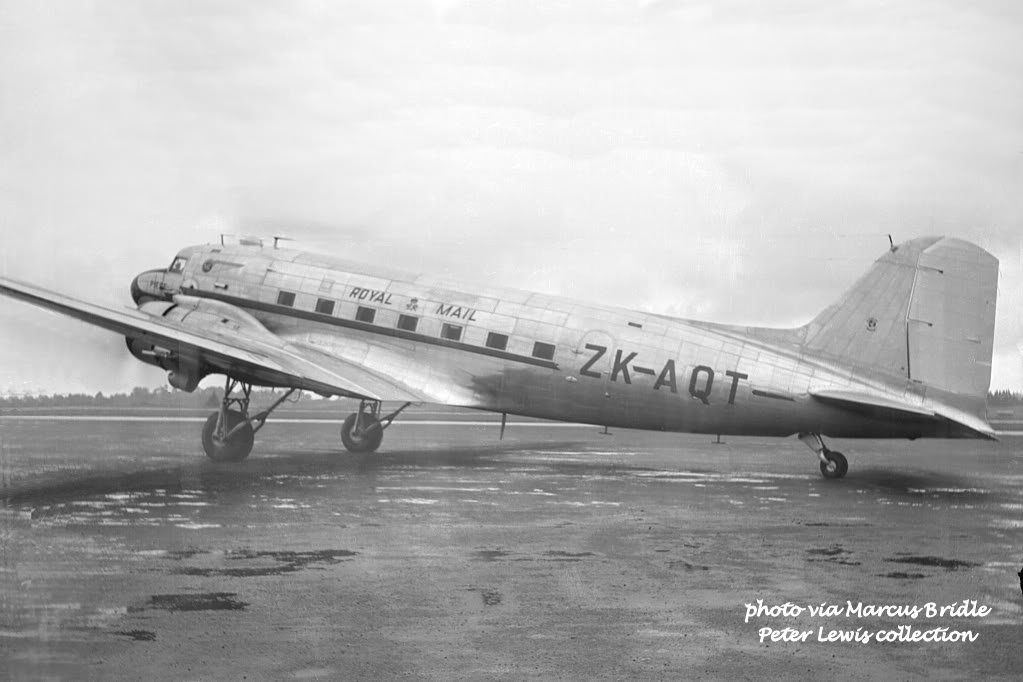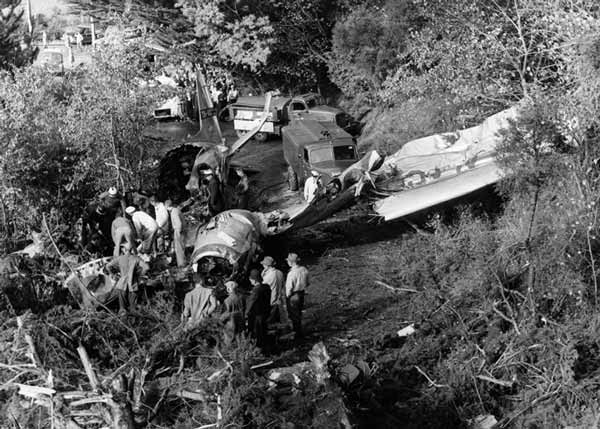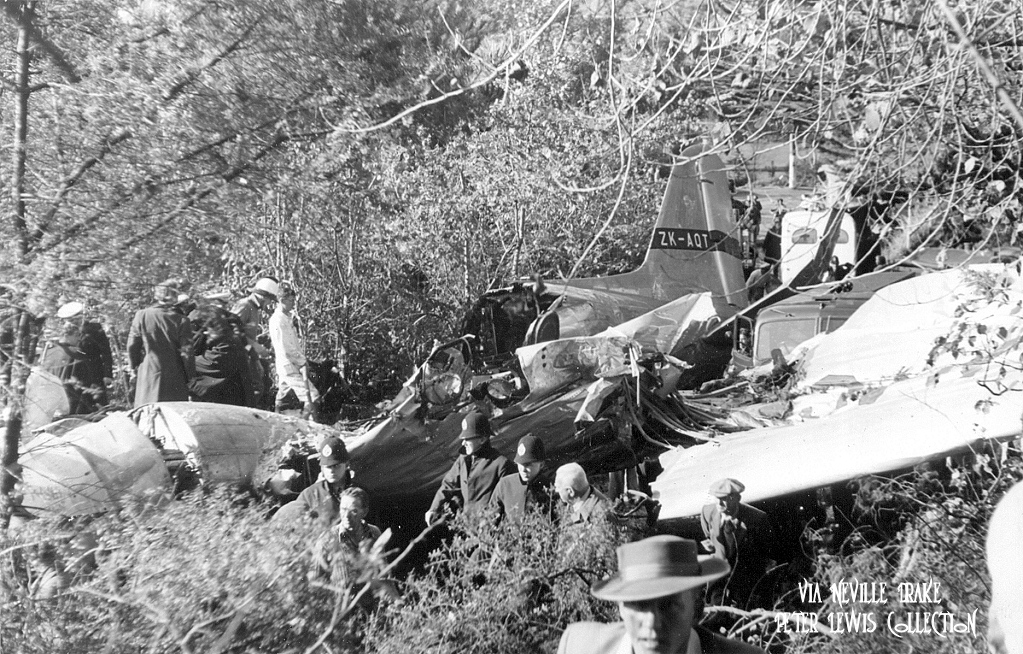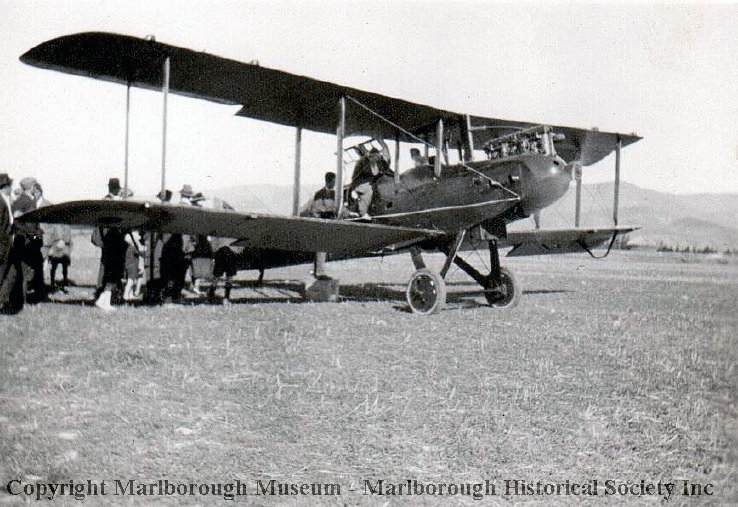Crash of a Lockheed 10E Electra in Christchurch
Date & Time:
Feb 18, 1959
Registration:
ZK-BUT
Survivors:
Yes
Schedule:
Nelson – Christchurch
MSN:
1138
YOM:
1937
Crew on board:
2
Crew fatalities:
Pax on board:
1
Pax fatalities:
Other fatalities:
Total fatalities:
0
Circumstances:
On touchdown at Christchurch Airport, the rain main gear collapsed. The twin engine airplane went out of control, veered off runway and came to rest in a grassy area. All three occupants were uninjured and the aircraft was not repaired. Built in 1937, the airplane christened 'Spirit of Tasman Bay' was the last Lockheed 10 Electra in service in New Zealand.
Probable cause:
Failure of the right main gear and landing.
